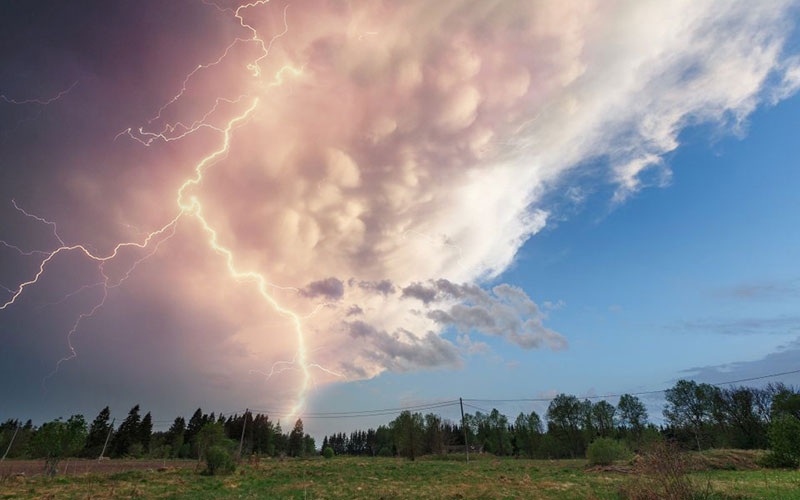The MARU application makes the exchange of information very easy
● Report a power outage
● Report a hazardous situation
● Receive failure elimination information
● Activate failure notification alerts
My network contracts
Sign or terminate the contract, change the price package
My consumption history
Analyse your consumption
My subscriptions
Follow your subscription route, submit a new application
My data
Edit your information or subscribe to notifications
Current situation of the network
Check the power supply in your area and see the recommendations in the event of a power failure.
Elektrilevi
Elektrilevi is the largest network operator in Estonia, bringing electricity to almost every home and business. We aim to offer our customers and society a high-quality experience by effectively developing and managing large networks. Our efforts help to make the network service more reliable.
News
We kindly ask visitors to the branches to follow simple rules to care about themselves and others:
Contacts
On working days from 8 am to 6 pm our customers are assisted by our advisory
centre tel. 777 1545 or [email protected].
Business customers can contact us on business days during 9.00-17.00 by calling 777 1747 or
sending an e-mail to [email protected].
You can report electricity interruptions by calling 1343. Procedures are also still
possible to do via self-service.
Elektrilevi advises that there are hidden dangers associated with lightning, which can be avoided
There are thunderstorms in Estonia about 20-25 days a year. What do we need to do to protect ourselves and our homes as much as possible in the thunderstorm?
The period of thunderstorms in Estonia extends from late spring to autumn. In fact, the intensity of the periods has shifted to earlier. Lightning can cause anxiety to people of Estonia from May to September.
It is important to be aware of the phenomena that accompany thunder in order to be prepared for its effects - heat wave, hail, torrential rain, strong winds and even tornadoes. The manifestation of some natural phenomena can be accompanied by insane destructive forces. For example, in Southern Estonia, some years ago there was a case where a tornado broke high-voltage overhead lines.
The golden rule says that no electrical work, under no circumstances should be performed during a thunderstorm. This is a primary safety requirement. When you hear thunder and see the lightning, its time to put the tools aside. A thunderbolt can give up to 200 000 amps. This is insane current. A standard light bulb only needs 0.3-0.5 amps to burn. A thunderbolt would therefore have a charge of up to 500,000 times more. It is probably not difficult to see how tragic the consequences can be.

Your home should be your fortress
You can do a lot yourself to be safer at home during a thunderstorm. When lightning approaches, it is advisable to unplug all electrical equipment. Don't forget to unplug phone chargers from wall outlets, even when you leave home. A cloud of thunder can reach dangerously close in a matter of minutes, and in the event of a close-up, the charger becomes a fireball, scattering the sparks in a moment. Your home and pets are at risk. Also disconnect the Internet data cables and the TV cables of older TVs.
We would like to remind you that you should always consider possible dangers related to thunder when building your home. Conscious action will help to prevent so many critical situations in the future. It is wise to install lightning protection systems in buildings. Attach long rods or traps to the house, which are located above the top of the building. It is recommended to use surge arresters in the living quarters, which reduce the huge energy charge associated with a thunderstorm. An external lightning protection system protects the house from fire, while surge arresters protect electrical equipment.
"A thunderstorm can be an uninvited guest no matter what we are doing. Whether we have a video conference, repairs, we are waiting in a que to book a vaccination appointment or something else. Better safe than sorry, " is the firm message of Mihkel Härm, Chairman of the Management Board of Elektrilevi.
Keep in mind that you should never do the following during thunder:
Good to know:
The speed of light propagation in a vacuum is almost 300,000 m/s. The speed of sound propagation in the air is about 340 m/s. If it thunders three seconds after the flash, thunder is about 1 kilometre away. This is a dangerous distance; thunder can strike a lightning bolt every kilometre
